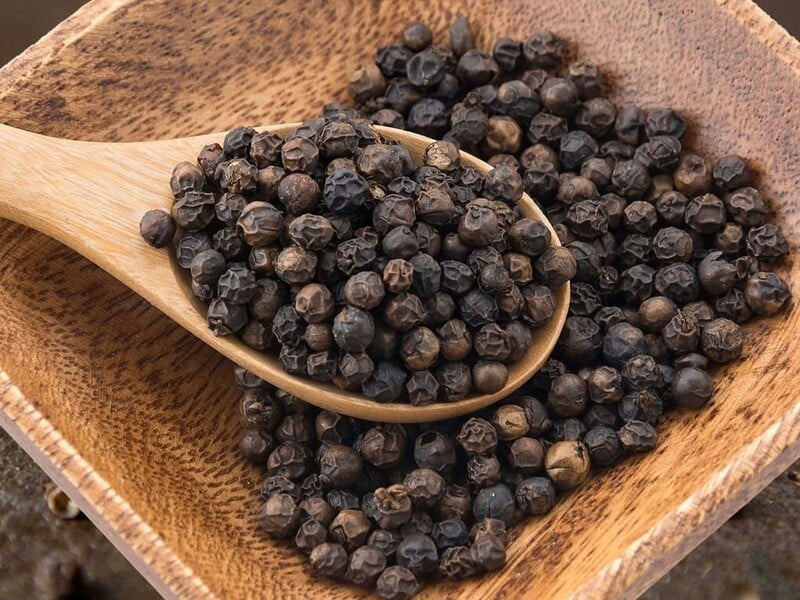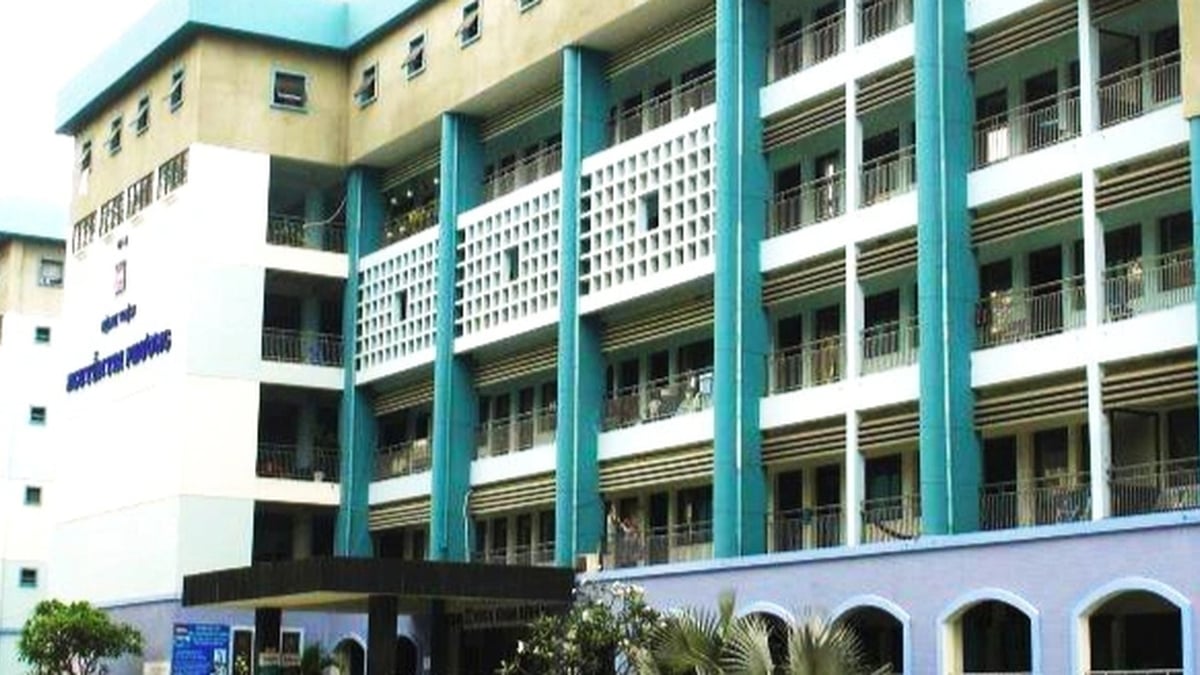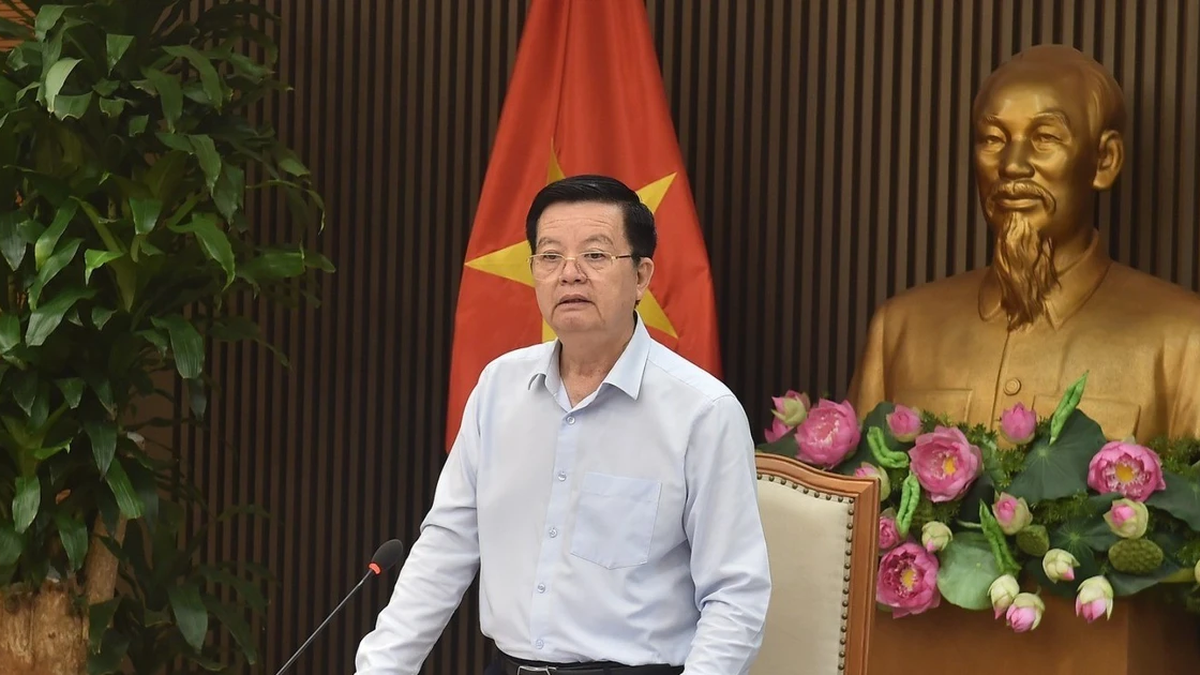Vietnam is Brazil's largest pepper export market.
According to data from the International Trade Center (ITC), the Brazilian pepper harvest in 2025 is estimated at 85,000-90,000 tons, a significant increase compared to the output of 75,000 tons in 2024. The harvest is taking place in the state of Espírito Santo.

According to statistics from the Brazilian State Center for Foreign Trade Statistics (Comex Stat), by the end of June 2025, Brazilian pepper exports reached 49,761 tons, with a turnover of 309.7 million USD, compared to the same period last year, the export volume increased by 33.8% and the turnover increased by 118.6%.
In the first 6 months of 2025, Vietnam is the market pepper export Brazil's largest with an output of 17,563 tons, accounting for 35.3% of the market share, a sharp increase of 197.2% over the same period in 2024. The following markets include: UAE with 4,675 tons (9.4%, up 31.4%), India 4,623 tons (9.3%, up 18.8%), Senegal 3,696 tons (7.4%, up 1.0%) and Morocco 3,502 tons (7.0%, down 1.8%). The average export price reached 6,224 USD/ton, up 63.4% over the same period last year.
Brazil recorded a positive increase in black pepper prices compared to the previous year, especially in Q1-2025 at USD 6,621/ton, an increase of more than 67% compared to the same period in 2024. However, the increase did not last long when the price decreased slightly to USD 6,539/ton in Q2/2025. However, the current price is still significantly higher than the previous year.
Indonesian pepper recovers strongly in both price and export volume
Pepper production Indonesia is estimated to reach 63,000 tons in 2025. In the first half of the year, pepper exports from this country recorded a strong recovery, especially reflected in impressive price increases for both black and white pepper.
Indonesia's black pepper export price nearly doubled compared to the same period in 2024, from 3,998 USD/ton in the first quarter of 2024 to 7,201 USD/ton in the first quarter of 2025, and continued to increase to 7,325 USD/ton in the second quarter. This is considered one of the strongest increases among major pepper exporting countries, reflecting positive signals about supply and demand and improvements in the value chain of the Indonesian pepper industry.
Similarly, white pepper prices maintained a steady upward trend. From USD 6,152/ton in Q1/2024, prices increased to USD 9,807/ton in Q1/2025 and reached USD 9,976/ton in Q2. Compared to the same period last year, the increases were 59% and 40% respectively, indicating strong market demand, especially for high-value products such as processed white pepper.
Regarding export volume, according to ITC, in May 2025 alone, Indonesia exported 2,856 tons of pepper, down 15% compared to the previous month and marking the fifth consecutive month of monthly export decline. However, cumulatively, in the first 5 months of the year, exports reached 18,556 tons, up 18.7% compared to the same period in 2024 and up 76.4% compared to 2023.
The main export markets include: Vietnam accounting for 23.7% with 4,400 tons (up 58.0%), China 18.9% with 3,504 tons (up 11.4%), the United States 14.2% with 2,632 tons (down 2.8%) and India 11.9% with an increase of 36.5%.
Data shows that Indonesia has not only recovered in terms of prices but also significantly expanded its exports, especially to Asian countries such as Vietnam and China. In the context of global pepper market fluctuations due to climate change, increasing logistics costs and increasing trade barriers, the export growth of more than 40% in the first four months of the year is a signal of the adaptability and expansion of the Indonesian pepper industry.
Domestic market is becoming the top priority for Indian pepper
In 2025, India’s pepper output will continue to face many difficulties due to adverse weather conditions, especially in Karnataka state – the main production area. Output is estimated to decrease by 20-25%, although lower than the forecast of a sharp decrease of up to 38% made at the beginning of the year, it still puts great pressure on supply. Given this situation, experts predict that India’s pepper import demand will increase to make up for the shortage and meet the growing domestic consumption demand.
Despite the decline in output, India’s black pepper export prices have maintained a steady upward trend. Prices were already high in 2024 (US$6,763-7,296/ton), and continued to increase to US$7,813/ton in the first quarter of 2025 and US$8,208/ton in the second quarter. The upward price trend reflects the sustainable competitiveness of Indian pepper thanks to product quality, brand reputation and increasingly improved standards.
However, due to limited domestic supply, India prioritized domestic consumption, causing exports to decline. In the first four months of 2025, pepper exports reached 6,005 tons, down 8.4% compared to the same period last year. This shows that the domestic market is becoming the top priority of the Indian pepper industry in the context of production difficulties and high domestic demand.
Vietnam pepper exports increase sharply in value
By the end of June 2025, Vietnam had exported a total of 124,133 tons of pepper of all kinds, including 105,939 tons of black pepper and 18,194 tons of white pepper. Although export volume decreased by 12.9% compared to the same period in 2024, the turnover reached 850.5 million USD, up 34.1%.
The strong growth in value came mainly from impressive increases in export prices. Black pepper price The average price of pepper reached 6,665 USD/ton, up 93.6%; white pepper reached 8,079 USD/ton, up 63.0% over the same period last year. This is the highest price in many years, clearly reflecting the recovery trend of the global pepper market, while showing a significant improvement in product quality and value-added chain of the Vietnamese pepper industry. In terms of market, the United States continues to be the largest destination with 24,979 tons, accounting for 23.6% of total export volume.
Other key markets such as India (7,768 tons), UAE (7,700 tons), China (6,610 tons) and Germany (4,836 tons) maintained stable import levels, reflecting the trend of market diversification and reducing dependence on a number of traditional partners.
Source: https://baoquangninh.vn/viet-nam-dang-la-quoc-gia-xuat-khau-ho-tieu-lon-nhat-the-gioi-3368832.html























![[Photo] National Assembly Chairman attends the seminar "Building and operating an international financial center and recommendations for Vietnam"](https://vphoto.vietnam.vn/thumb/1200x675/vietnam/resource/IMAGE/2025/7/28/76393436936e457db31ec84433289f72)











































































Comment (0)